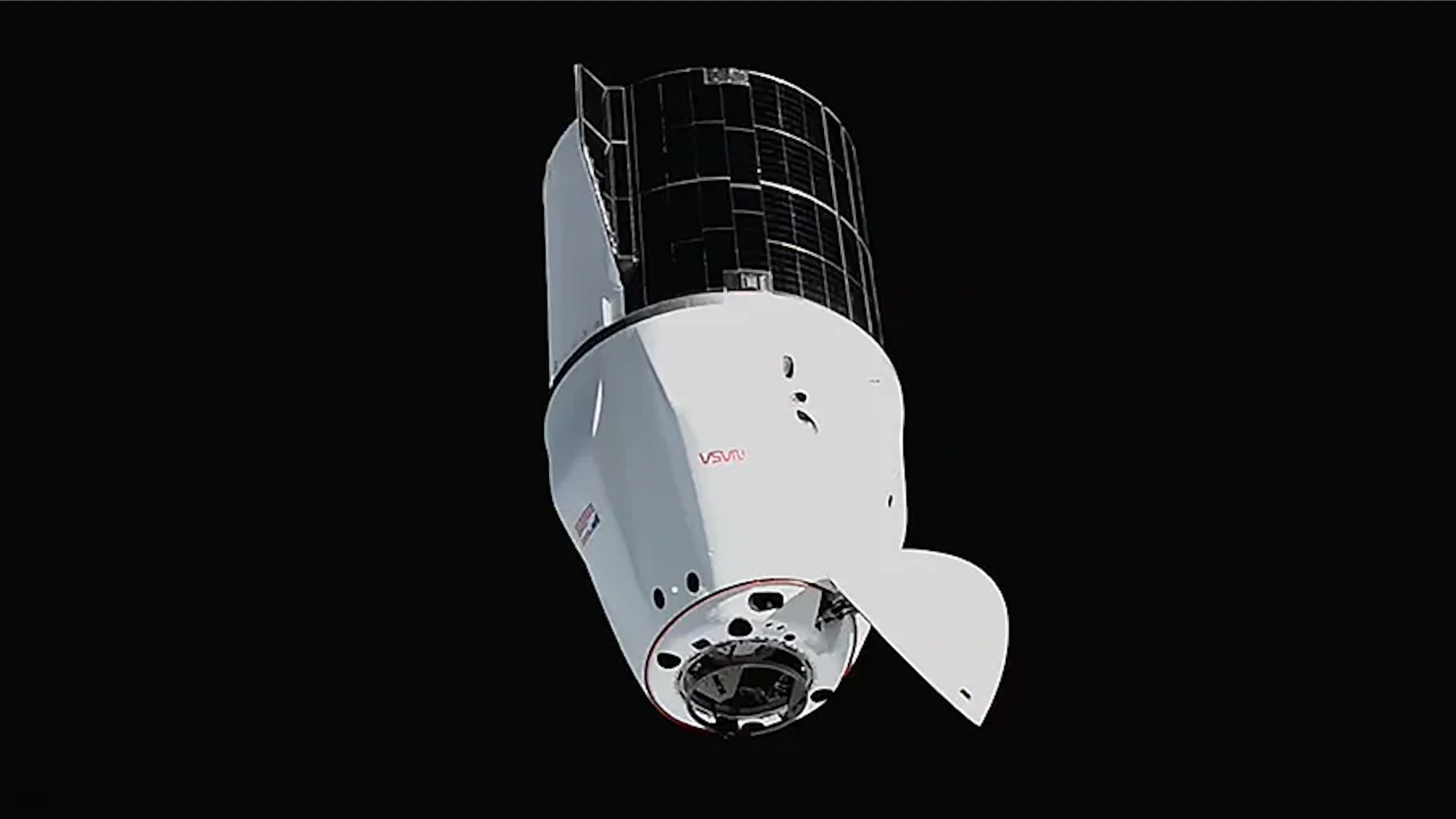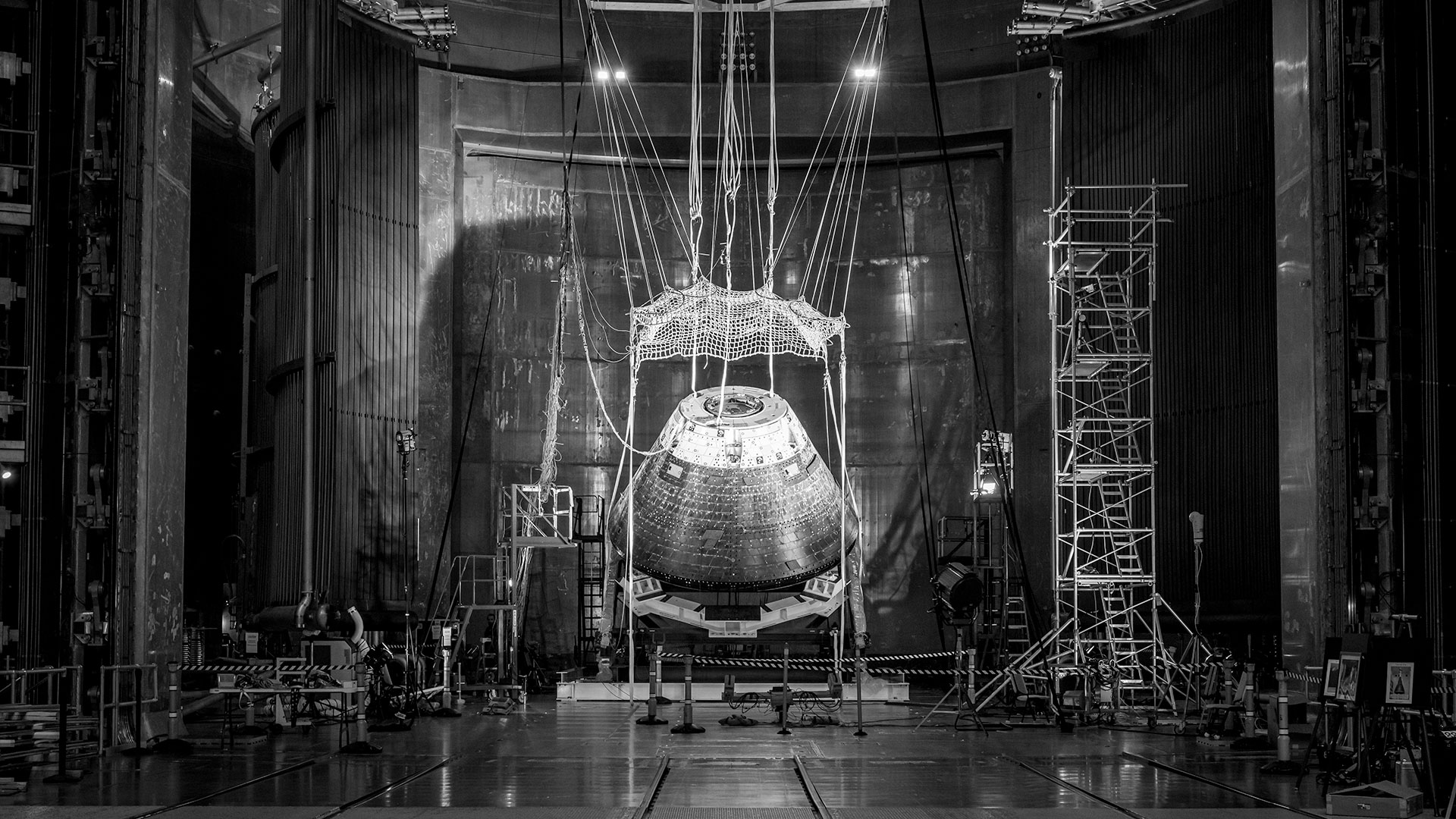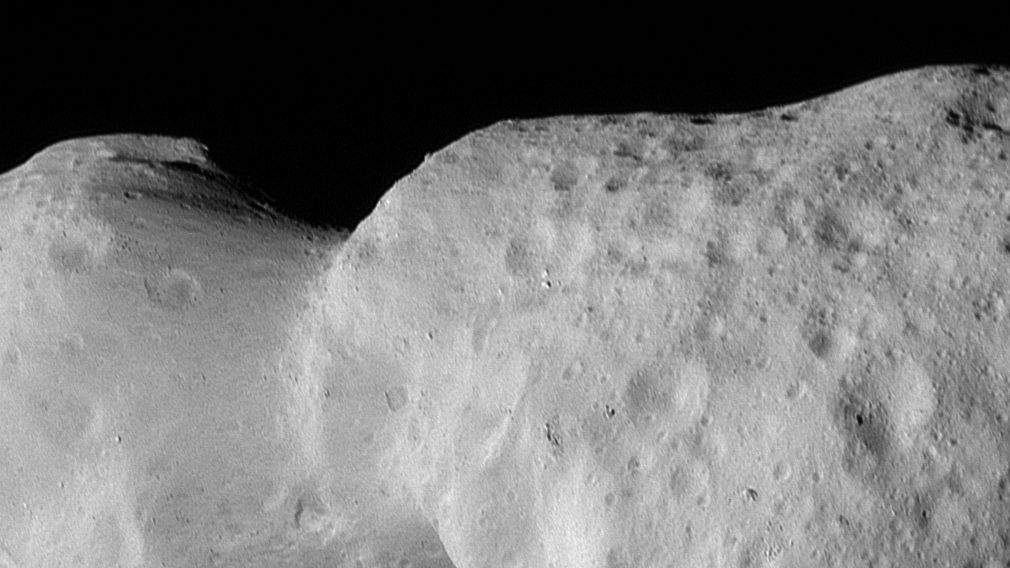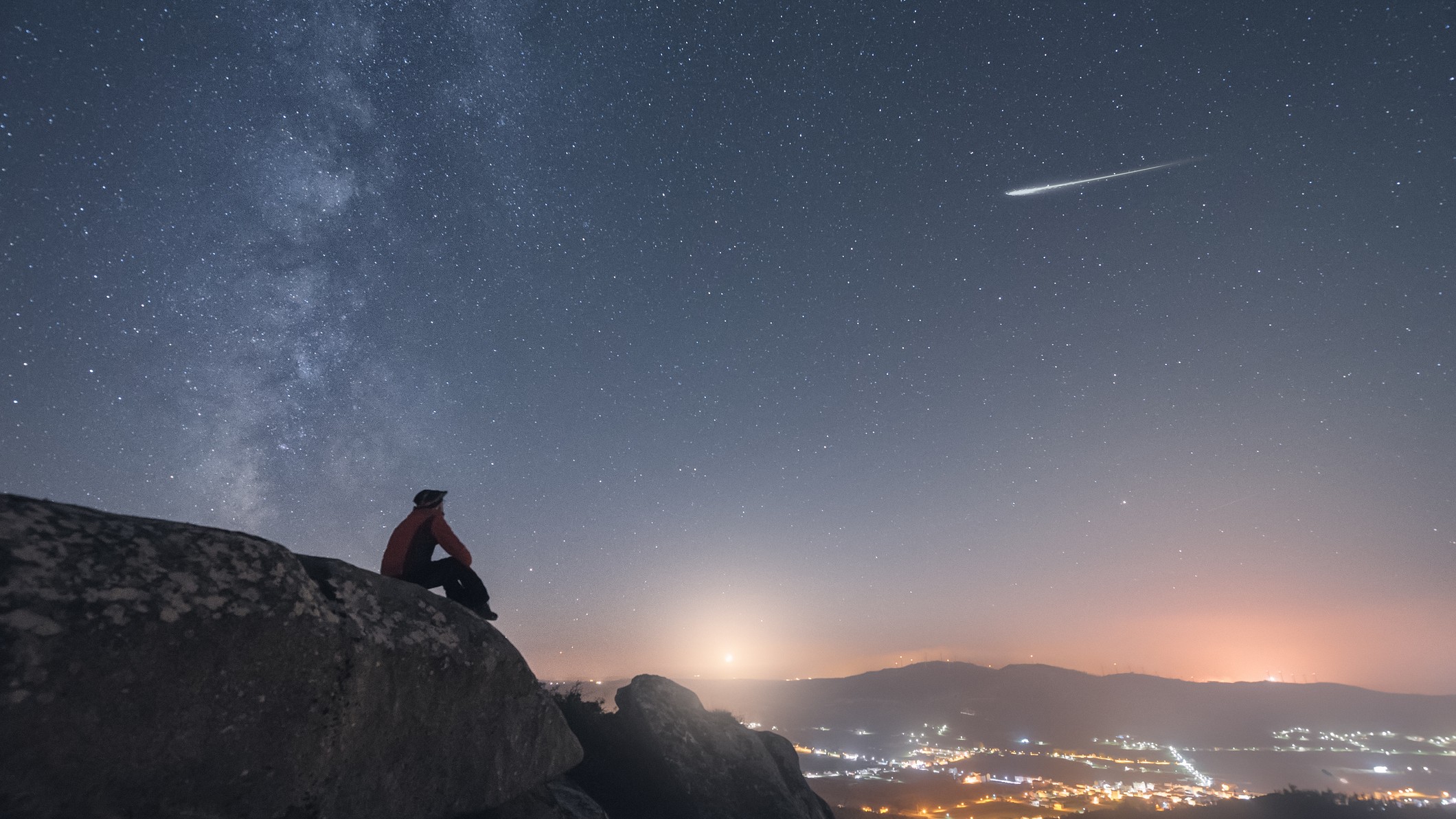Rubin Observatory aces 1st image tests, gets ready to use world's largest digital camera
The first image represents just a fraction of the power the observatory's eventual camera will have.
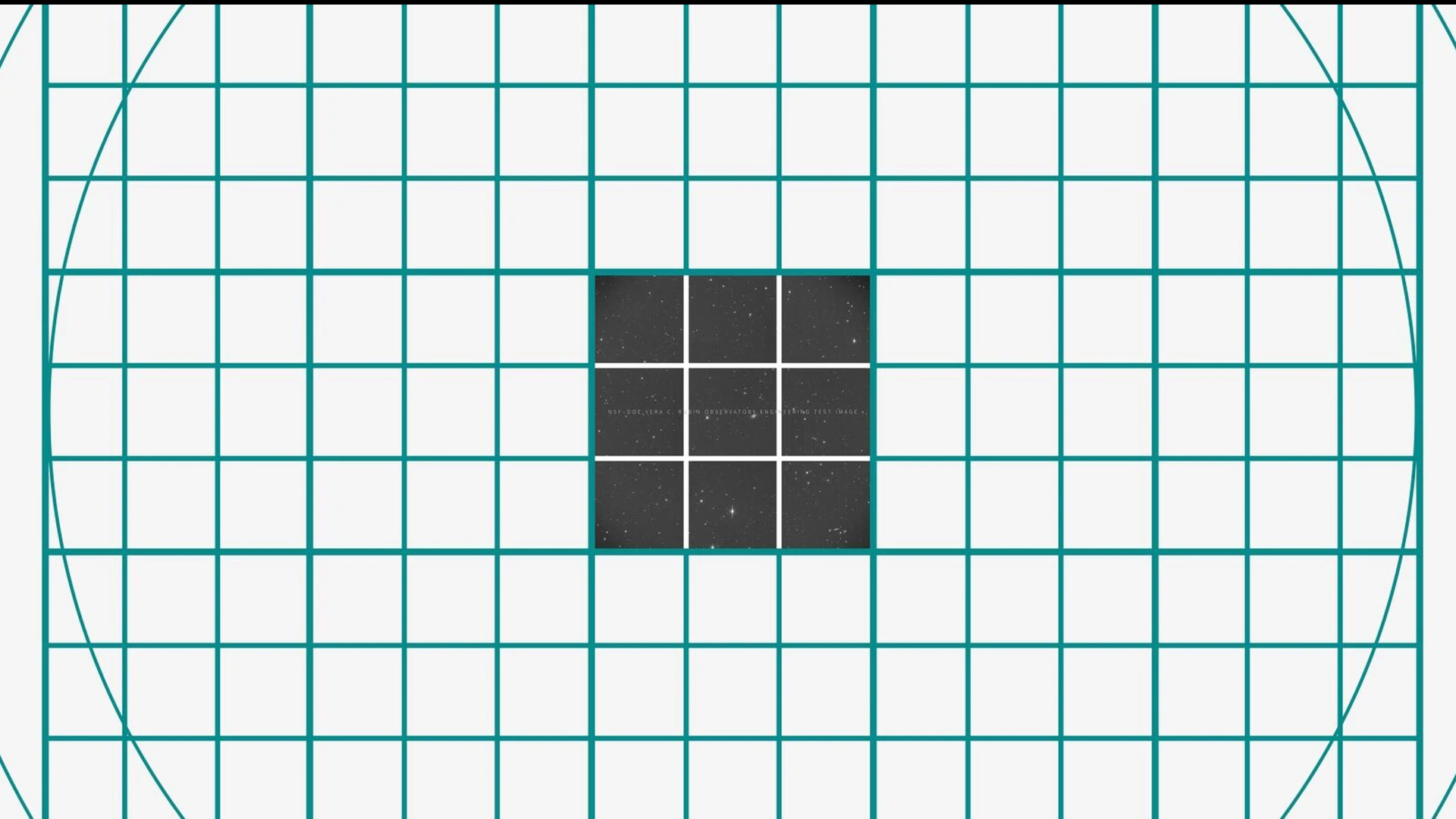
NATIONAL HARBOR, Md. — A giant new telescope in Chile has opened its eyes for the first time — and while the view may not be impressive to some, its scientist parents are thrilled.
The Vera C. Rubin Observatory, an 8.4-meter telescope built by the National Science Foundation and U.S. Department of Energy's Office of Science, successfully passed a series of critical systems tests and even snapped early images of the sky with an engineering camera. The result? A clean bill of health and an early set of images that will only get better once the observatory gets its final, much more powerful camera later this year.
"It was not just successful; it was wildly successful," Victor Krabbendam, Rubin Observatory project manager, told a packed room of scientists here at the 245th American Astronomical Society (AAS) meeting.
The Rubin Observatory milestone comes after 10 years of construction and a seven-week shakedown test that began in October 2024. Those tests included the first images taken with an engineering camera called ComCam (short for Commissioning Camera), which has only a fraction of the power of the observatory's science camera. The observatory is designed to peer deep into the cosmos to create an "ultra-high-definition time-lapse record of the universe" amid other discoveries.
That camera, called LSSTCam (the telescope was originally called the Large Scale Synoptic Telescope), has 21 times the field of view of the ComCam and is a whopping 3,200-megapixel imager. Scientists have billed it as the "world's largest digital camera."
Rubin's first engineering image is a nine-panel square that used nine CCD camera sensors to capture a 144-megapixel view of the sky that would cover about twice the area of the full moon, as seen from Earth. You can explore a zoomable version of the image at the Rubin Observatory's website. The engineering camera took 16,000 images in all during its trial.
The final LSSTCam, for comparison, will cover an area about 45 times the size of the full moon once it is installed in the observatory's telescope, which is named after billionaire Charles Simonyi, a Microsoft co-founder who helped fund the project.
Get the Space.com Newsletter
Breaking space news, the latest updates on rocket launches, skywatching events and more!
The $571 million Vera C. Rubin Observatory is named after famed astronomer Vera Rubin, who determined that the universe was primarily composed of invisible dark matter. Rubin died in 2016 at age 88.
Krabbendam said the final Simonyi telescope with the ultra-powerful LSSTCam should be installed by March. After a few months of additional tests, the first science images could be unveiled by July of this year.
Robert Blum, director of operations for the Rubin Observatory, told attendees here at AAS that a "first light" image from Rubin could come earlier than July, perhaps by June.
"That's super optimistic," Blum said. "But it might happen."
Join our Space Forums to keep talking space on the latest missions, night sky and more! And if you have a news tip, correction or comment, let us know at: community@space.com.

Tariq is the Editor-in-Chief of Space.com and joined the team in 2001, first as an intern and staff writer, and later as an editor. He covers human spaceflight, exploration and space science, as well as skywatching and entertainment. He became Space.com's Managing Editor in 2009 and Editor-in-Chief in 2019. Before joining Space.com, Tariq was a staff reporter for The Los Angeles Times covering education and city beats in La Habra, Fullerton and Huntington Beach. In October 2022, Tariq received the Harry Kolcum Award for excellence in space reporting from the National Space Club Florida Committee. He is also an Eagle Scout (yes, he has the Space Exploration merit badge) and went to Space Camp four times as a kid and a fifth time as an adult. He has journalism degrees from the University of Southern California and New York University. You can find Tariq at Space.com and as the co-host to the This Week In Space podcast with space historian Rod Pyle on the TWiT network. To see his latest project, you can follow Tariq on Twitter @tariqjmalik.


